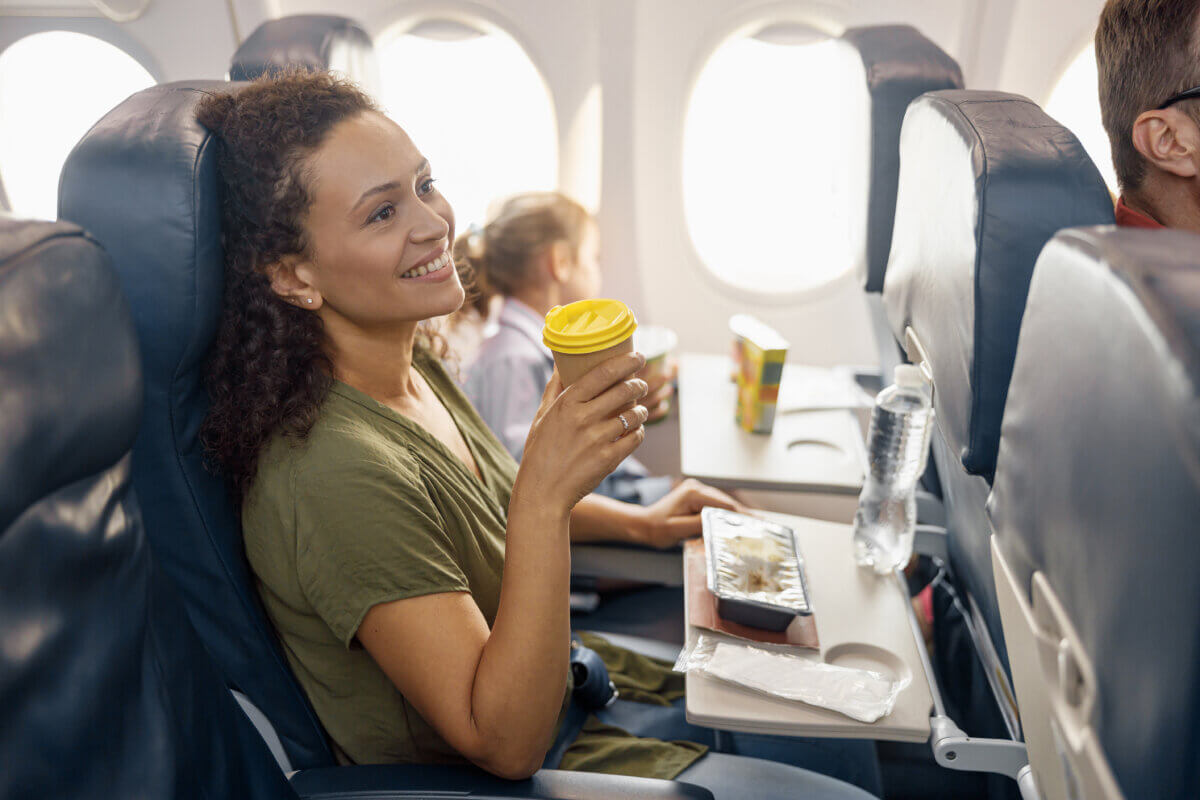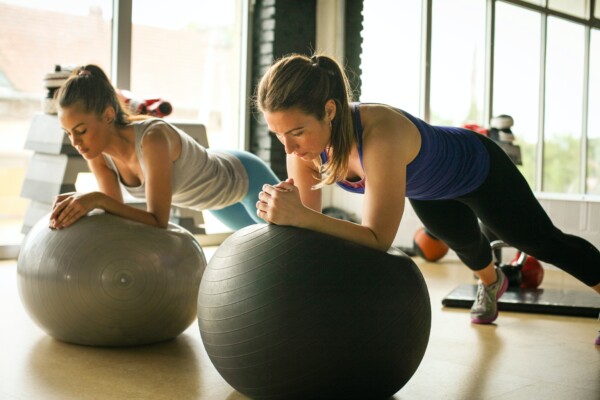
(Credit: Yaroslav Astakhov/Shutterstock)
It's summer, which means it's time to use those vacation days and hop on a plane somewhere fun! Traveling, especially around the world, is one of the most liberating experiences ever. However, while seeing new places is usually all about fun, it isn't something your body physically enjoys as much as you think.
Travelers often get hit with jet lag, leg cramps, and constipation. Of course, many think it's still worth it for the experience, but these issues can put a damper on a memorable vacation. So, is there a way to keep the partying going without any setbacks? There sure is!
The best thing you can do to help alleviate these frequent flyer issues is to stay hydrated.
Why Does Flying Dry You Out?
When you're getting prepared to fly, staying hydrated is probably not at the top of your to-do list, but it should be. It might surprise you to hear that flying can be really dehydrating. Generally, the optimal humidity level for humans is between 30 and 50%. Some researchers say 40 to 60% is acceptable, but nothing exceeding this. On airplanes, you're looking at an environment with a humidity level of only 10 to 20%. Moreover, much of the air that circulates throughout the aircraft is pulled from the outside, and the air at high altitudes is incredibly dry.
Now, let's paint a picture. Most people don’t drink enough water as is, so on travel days, it can become an afterthought even more than usual. Then, once you board, you don't want to have to keep going up and down the aisle to use the bathroom and disturb fellow travelers, so many people intentionally reduce their water intake before boarding. This is a recipe for rapid dehydration and ultimately feeling bad once you land, and this is the scenario for millions of people every time they fly.

Oftentimes, you may not even feel thirsty when you fly, even though your body is crying out for some water. Other signs of dehydration can include dark urine, fatigue, dry skin, and headaches. Even just mild dehydration can lead to these unpleasant symptoms. So, how can you fix this?
How to Hydrate Before a Flight?
We know that the TSA is going to make you toss your water out before passing through security, but that doesn't mean you're out of luck. Pack an empty reusable water bottle with you and fill it up once you're past the checkpoint for your flight. I'd also recommend packing some electrolyte packets that can help you hydrate more thoroughly. Although water, in general, is always better than nothing, adding electrolytes like sodium, potassium, and magnesium can help shuttle hydration into your cells more effectively.
Liquid IV is a solid brand to try, and if you're trying to watch your sodium intake, there are low-sodium electrolytes out there, like Ultima Replenisher. Snacking on fruit is also a great option because not only will you get water, but also electrolytes and glucose (sugars), which all assist hydration efforts.
Remember to take advantage of the in-flight beverage service as well. Avoid sodas or alcohol, which can further dehydrate you, and instead opt for flavored seltzer waters, teas, or juices.
While there isn't an exact number you need to hit while flying, the Aerospace Medical Association recommends drinking eight ounces of water per hour when you're in the air. If you tend to sleep on the plane and you've got a long trip, try to get in as much water as you can before you doze off. Then, when you wake up, try to take in more water. Personally, traveling is one of my favorite hobbies, but I know I'll start my trip off on a way better foot if I keep up with my hydration, and you will, too!










